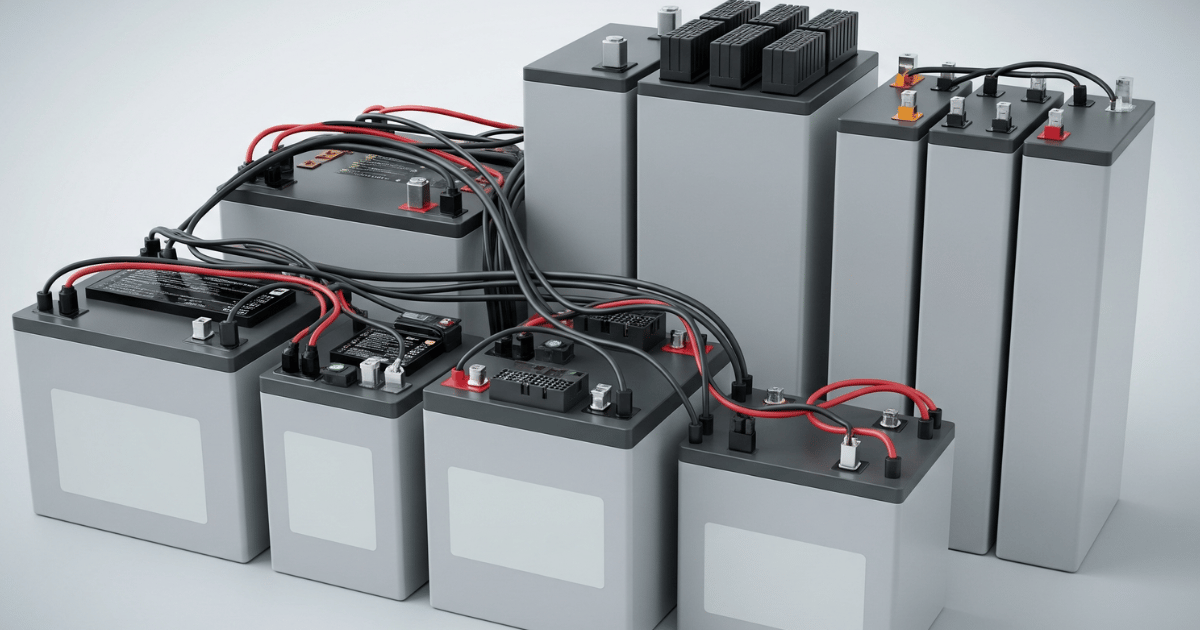- Renewables Rising
- Posts
- SA battery prices register a 6.2% drop in July
SA battery prices register a 6.2% drop in July

From the newsletter
Cash prices for solar panels, solar home systems, and inverters remained relatively flat in Kenya in July. However, South Africa experienced a 6.2% decline in lithium-ion battery prices, and Nigeria saw an average 2.7% decrease in solar panel prices. Egypt’s lithium-ion battery price also dipped slightly. All this happens against a backdrop of a weakening dollar.
Renewables Rising collects and analyses monthly data on select energy products (solar panels, inverters, solar home systems and lithium-ion batteries) across four representative countries: Nigeria, South Africa, Egypt and Kenya.
Nigeria registered a decrease in solar panel prices at the same time as the country is pushing local manufacturing of solar components, adding to the downward pressure.
More details
To accurately reflect market shifts, we record prices in local currencies. This method ensures we capture genuine changes, free from the distortions that often arise when converting prices and factoring in volatile exchange rates.
South Africa’s slight lithium-ion battery price drop in July, to 19,988 rand from 21,305 rand in June, may be attributed to the entry of new suppliers and the ramp-up of local assembly plants in 2025. This has heightened competition, resulting in more aggressive pricing and discounts.
At the same time, there has been significant BESS adoption this year, particularly in South Africa. In June alone, the country tendered for approximately 616 MW of storage utility projects, including major contracts awarded to Mulilo and Scatec. The Red Sands BESS project (153 MW/612 MWh) reached commercial close, marking the largest standalone battery storage facility in Africa.
Nigeria registered a slight increase in inverter prices, with a 667 Naira marginal hike. Overall, the country remained stable in renewable energy product prices. The drop in solar panels is the second major change recorded since March, when solar prices fell by 8,573 Naira. Distributors and traders discounted existing stocks in anticipation of the import ban, seeking to clear inventory before new regulations took effect and local manufacturing ramps up.
Egypt’s average battery prices dropped slightly from 104,169 Egyptian pounds in June to 103,732 Egyptian pounds in July. Other than lithium-ion prices dipping, market prices for products remained stable. Like South Africa, Egypt is rapidly implementing BESS projects. It recently commissioned its first utility-scale BESS project: a 300 MWh battery integrated with the 500 MW Kom Ombo solar plant.
Kenya’s prices for solar panels, inverters, and lithium-ion batteries have remained largely unchanged over recent months. This ongoing stability might be as a result of the government’s maintenance of strong policy frameworks and continued investment in grid infrastructure. The rollout of the National Energy Policy 2025-2034 has provided clear regulatory guidance, fostering a stable and predictable market environment for renewables.
Our take
New and evolving policies across these countries are likely to distort the renewables market. For example, Nigeria’s proposed import ban is likely to stimulate local manufacturing but could cause short-term price fluctuations as the market transitions. South Africa’s BESS procurement drive is accelerating storage deployment and could stabilise or further reduce battery prices as grid integration improves.
We expect increased investment in local manufacturing, expanded BESS deployment, and regulatory reforms to drive further changes in product pricing and availability. Monitoring these trends will be crucial for stakeholders to anticipate market movements.
As Africa’s renewables market matures, coordinated policy frameworks, investment in grid infrastructure, and incentives for local production will be key to ensuring price stability and sustainable growth across the continent